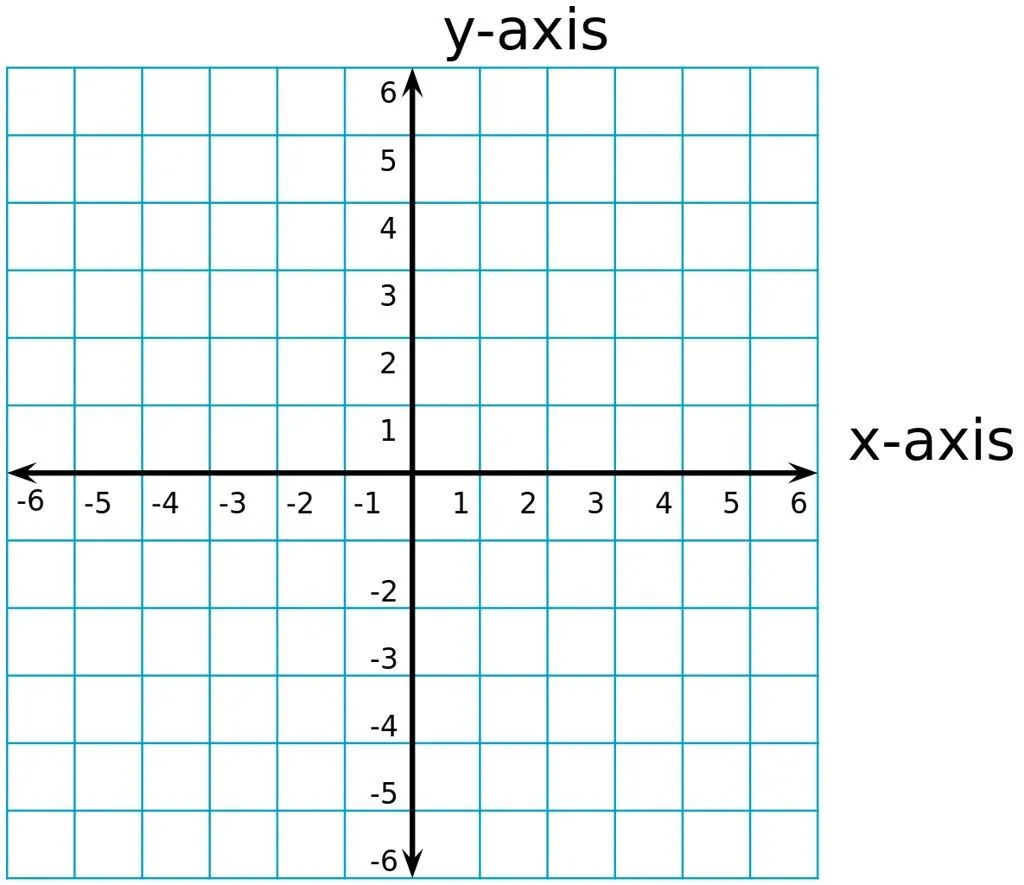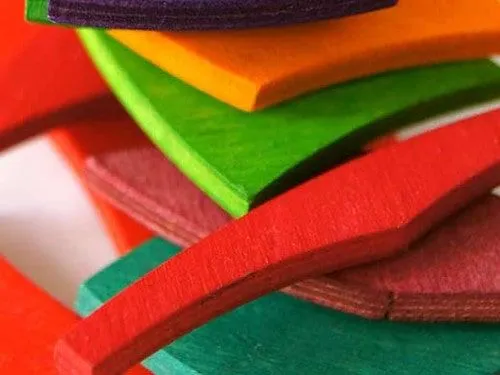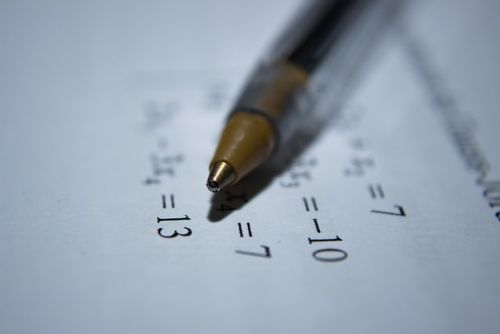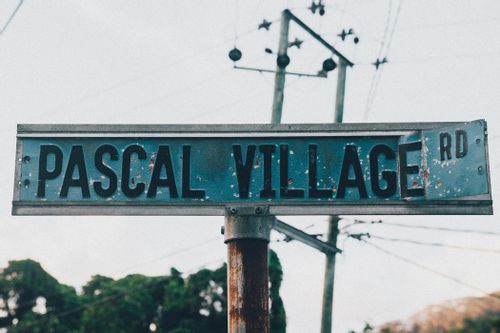FOR AGES 9 YEARS TO 11 YEARS
Image © Marco Verch.
Translations in maths are a bit funny - shapes appear to change but they aren't actually changing.
KS2 kids need help understanding that when translating shapes, they are not changing in any way, but they are moving. When translating shapes, think of them sliding from one area to another. The shape slides but never turns: if it turns, the shape isn't being translated, it's being rotated.
A translation is a way of moving a shape: either to the left or right, up or down, or a combination of those. When you translate a shape, you move it from one position to another either in a horizontal direction or a vertical direction.

Image © Wikimedia Commons
Translations come under geometry in KS2 maths, and children are introduced to this topic in Year 5 and reiterated in Year 6. Shapes are presented on squared paper and asked to move the shapes a certain number of places to the left, right, down or up, before re-drawing the shape in its new position.
KS2 Children Need To Know:
-What translations are;
-How to identify and distinguish a shape that has been translated from one that has been rotated, reflected or increased in size (enlarged);
-How to draw, identify and describe where a shape is positioned, using appropriate language;
-How to translate shapes on square paper;
-How to translate shapes on a coordinate grid, in all four quadrants;
-How to describe the way a shape has been translated, using numbers;
-How to interpret coordinates of shapes on a grid, using the translations and coordinates of the shape in its original position to determine the coordinates of the shape, following translation.
Translations are best understood when shapes are either on a coordinate grid or squared paper. When practising translations with kids, have them work on squared paper, drawing the shapes in pencil to make things easier.

Here is how to translate a shape when given or shown its positioning (for example "Translate the following rectangle 5 squares to the left and 1 up"):
1) Choose one corner of your shape to focus on (such as the top-left corner).
2) Translate only that corner 5 squares to the left, then 1 square up. Mark on the new position of that corner on the squared paper with a little dot or cross.
3) Choose the next corner of your rectangle, translate only that, and mark on its new position.
4) Continue translating the shape one corner at a time and once finished, join up the points you've marked to recreate the original shape.
It's best to translate the shape one corner at a time, to avoid being confused.
When describing translations, start off by mentioning how many places it's moved to the left or right, then comment on how many squares it's moved up or down. In other words, describe the horizontal movement first, followed by the vertical.
-Grab a pencil and some squared paper and draw two shapes in different areas of the page (keep it simple: squares, rectangles and triangles). Then, ask kids to describe how one shape can be translated so that it's right next to (or above or below) the other.
-See what patterns kids can make by translating copies of the same shape in different areas on the page!
-Grab some coloured card and cut out some squares, rectangles and triangles of different sizes. Take one and place it on the squared paper, then ask children to translate it in the way that you specify.
-Play 'Guess The Translation': have the kids move their drawn or cut-out shape in any direction, and see if you guess it correctly. Then take turns and see how quickly you can answer!
-For a jumbo translation activity, use toys instead of shapes for translating, and a mat with large squares on as your grid.
Read The Disclaimer
At Kidadl we pride ourselves on offering families original ideas to make the most of time spent together at home or out and about, wherever you are in the world. We strive to recommend the very best things that are suggested by our community and are things we would do ourselves - our aim is to be the trusted friend to parents.
We try our very best, but cannot guarantee perfection. We will always aim to give you accurate information at the date of publication - however, information does change, so it’s important you do your own research, double-check and make the decision that is right for your family.
Kidadl provides inspiration to entertain and educate your children. We recognise that not all activities and ideas are appropriate and suitable for all children and families or in all circumstances. Our recommended activities are based on age but these are a guide. We recommend that these ideas are used as inspiration, that ideas are undertaken with appropriate adult supervision, and that each adult uses their own discretion and knowledge of their children to consider the safety and suitability.
Kidadl cannot accept liability for the execution of these ideas, and parental supervision is advised at all times, as safety is paramount. Anyone using the information provided by Kidadl does so at their own risk and we can not accept liability if things go wrong.
Kidadl is independent and to make our service free to you the reader we are supported by advertising.
We hope you love our recommendations for products and services! What we suggest is selected independently by the Kidadl team. If you purchase using the buy now button we may earn a small commission. This does not influence our choices. Please note: prices are correct and items are available at the time the article was published.
Kidadl has a number of affiliate partners that we work with including Amazon. Please note that Kidadl is a participant in the Amazon Services LLC Associates Program, an affiliate advertising program designed to provide a means for sites to earn advertising fees by advertising and linking to amazon.
We also link to other websites, but are not responsible for their content.
Was this article helpful?



Browse Category



We’ll send you tons of inspiration to help you find a hidden gem in your local area or plan a big day out.



Check your inbox for your latest news from us. You have subscribed to:
Remember that you can always manage your preferences or unsubscribe through the link at the foot of each newsletter.